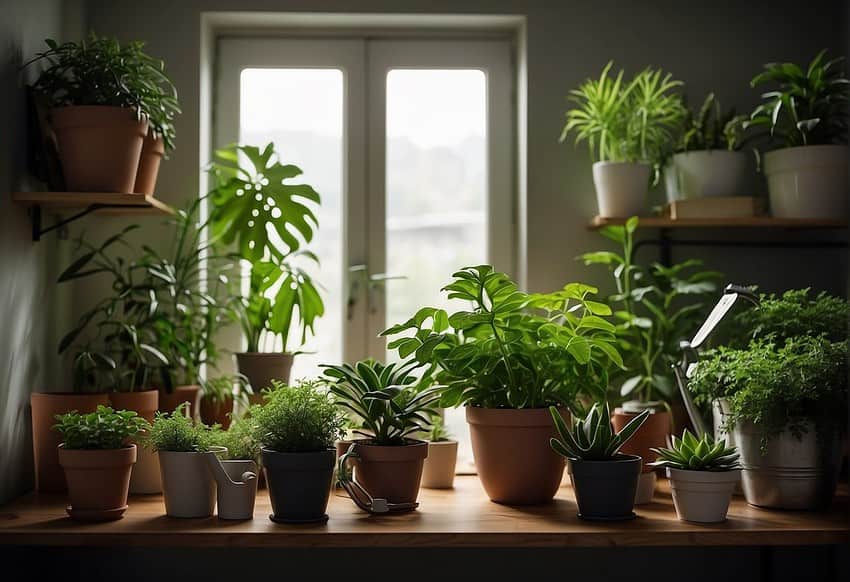Indoor plants are a great way to bring some greenery into your home, but buying new plants every time you want to expand your collection can get expensive. Reproducing your existing indoor plants is an affordable and rewarding way to grow your collection. Whether you want to propagate your plants to share with friends or simply to create more greenery in your home, this step-by-step propagation guide will help you get started.
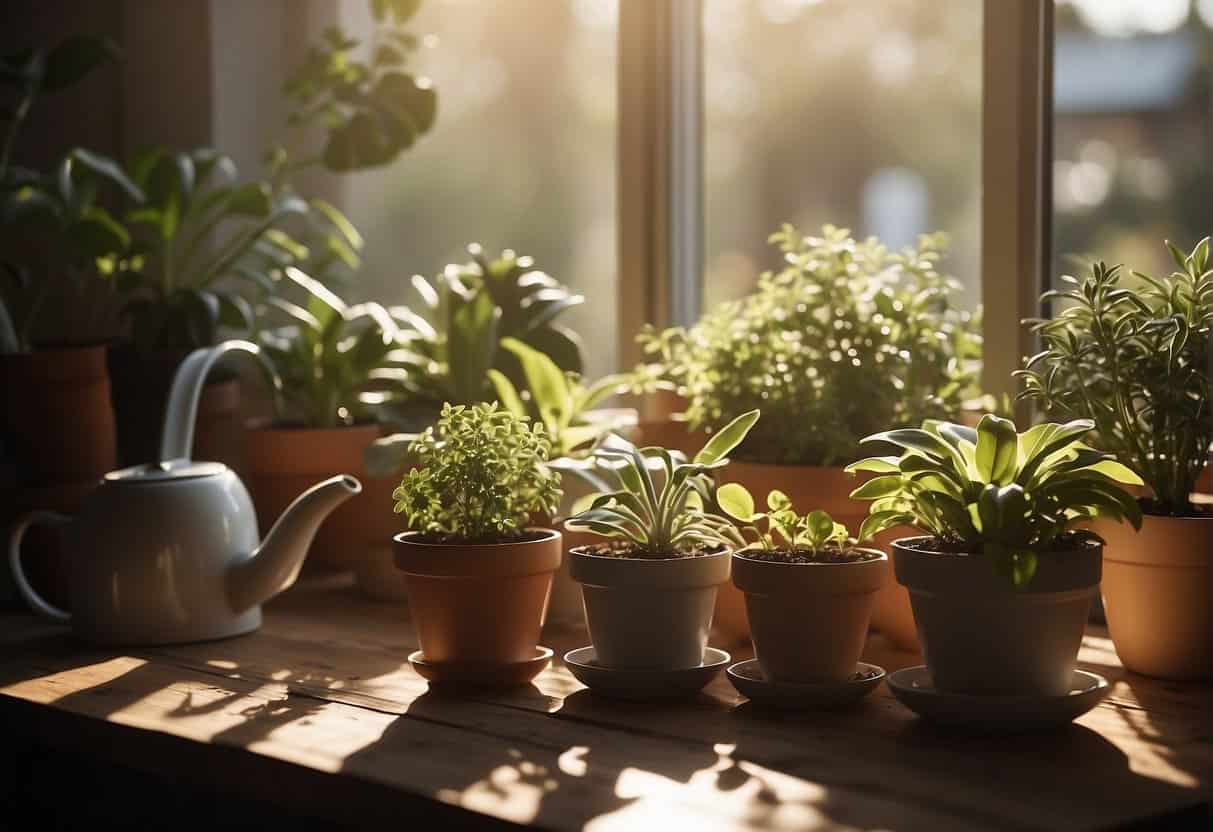
Reproducing indoor plants can be done in a variety of ways, including stem cuttings, division, and layering. Each method has its own advantages and disadvantages, and the best method will depend on the type of plant you are propagating. However, anyone can successfully reproduce their indoor plants with the right tools and techniques. In this propagation guide, we will cover the most common methods of indoor plant reproduction, as well as tips for caring for your new plants once they have been propagated.
Understanding Indoor Plant Basics
Indoor plants are a great way to add some greenery to your home and purify the air. However, they require some basic care to thrive.
In this section, we will cover the importance of light for plant growth, water requirements and management, and soil and nutrient essentials.
Importance of Light for Plant Growth
Light is essential for plant growth and development. Without adequate light, plants will not be able to produce energy through photosynthesis, which can result in stunted growth or even death. Different plants have different light requirements, so it is important to choose a suitable location for your plants.
Low-light plants, such as snake plants and pothos, can tolerate low-light conditions and are ideal for north-facing windows. Meanwhile, bright light plants, such as succulents and cacti, require direct sunlight and are best placed near south-facing windows. It is important to note that too much direct sunlight can also be harmful to plants, so it is important to find a balance.
Water Requirements and Management
Water is another essential component for plant growth. Overwatering or underwatering can lead to root rot or dehydration, respectively. It is important to water your plants according to their individual needs.
Some plants, such as succulents, can go long periods without water, while others, such as ferns, require frequent watering. It is important to check the soil moisture level before watering. A simple way to do this is to stick your finger about an inch into the soil. If it feels dry, it’s time to water.
Soil and Nutrient Essentials
The type of soil you use can also affect plant growth. Potting soil is designed to provide the necessary nutrients and drainage for indoor plants. It is important to choose a high-quality potting soil that is appropriate for your specific plant.
In addition to soil, plants also require nutrients to grow. Fertilizers can provide these nutrients, but it is important to use them sparingly. Too much fertilizer can lead to burnt roots and other problems.
Selecting the Right Plants

Indoor plants can bring a touch of nature to any space, but not all plants are created equal. When selecting plants for indoor reproduction, it’s important to consider factors such as lighting, temperature, and humidity. In this section, we’ll discuss how to choose the right plants for your space and provide an overview of some popular indoor plants.
Choosing Plants for Your Space
Before selecting a plant, make sure to evaluate the space where it will be placed. Consider the amount of natural light the space receives, as well as the temperature and humidity levels.
Different plants have different light requirements, and some may not thrive in low light conditions. For example, succulents and cacti prefer bright, direct light, while ferns and palms prefer indirect light.
Temperature and humidity are also important factors to consider. Most indoor plants prefer temperatures between 60 and 75 degrees Fahrenheit and humidity levels between 40 and 60 percent. Some plants, such as aspidistra and snake plants, can tolerate lower light and humidity levels than others.
Popular Indoor Plants Overview
There are many different types of indoor plants to choose from, each with its own unique characteristics and requirements. Here is a brief overview of some popular indoor plants:
- Pothos: A popular trailing plant that is easy to care for and can tolerate low-light conditions.
- African violet: A flowering plant that prefers bright, indirect light and moderate humidity.
- Begonia: A colorful plant that prefers bright, indirect light and moderate humidity.
- Snake plant: A hardy plant that can tolerate low light and humidity levels.
- Kalanchoe: A flowering succulent that prefers bright, direct light and well-draining soil.
- Bromeliads: A group of plants that includes many colorful, flowering species. They prefer bright, indirect light and moderate humidity.
- Dracaena: A group of plants that includes many different species with varying light and humidity requirements.
- Peace lily: A popular flowering plant that prefers bright, indirect light and high humidity.
- Sansevieria: A hardy plant that can tolerate low light and humidity levels.
- ZZ plant: A hardy plant that can tolerate low light and infrequent watering.
- Ferns: A group of plants that includes many different species with varying light and humidity requirements.
- Palms: A group of plants that includes many different species with varying light and humidity requirements.
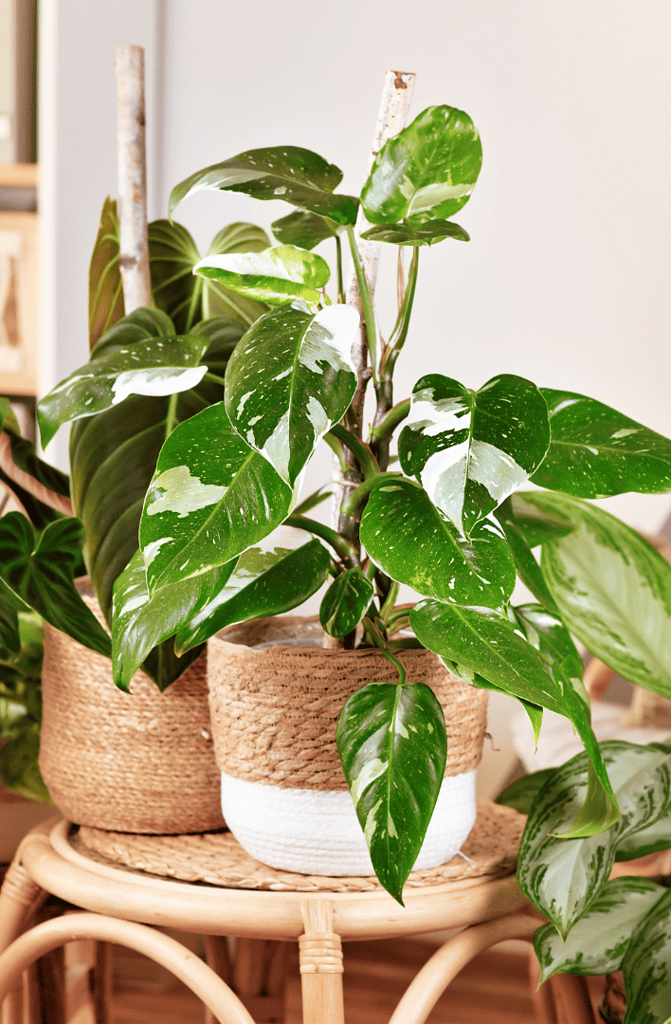
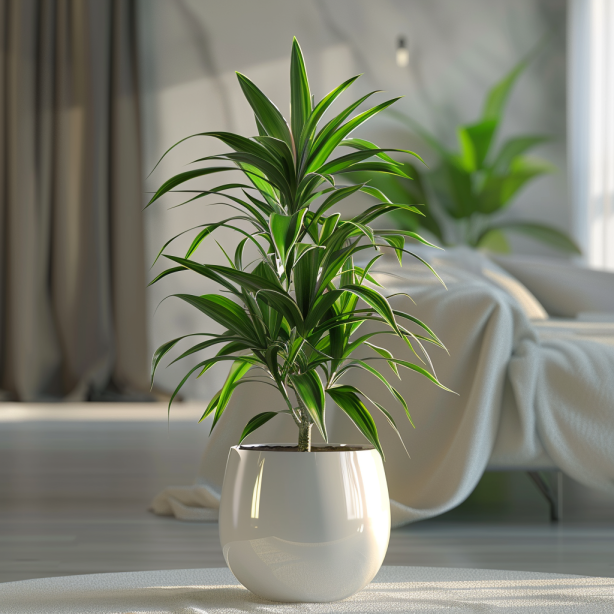



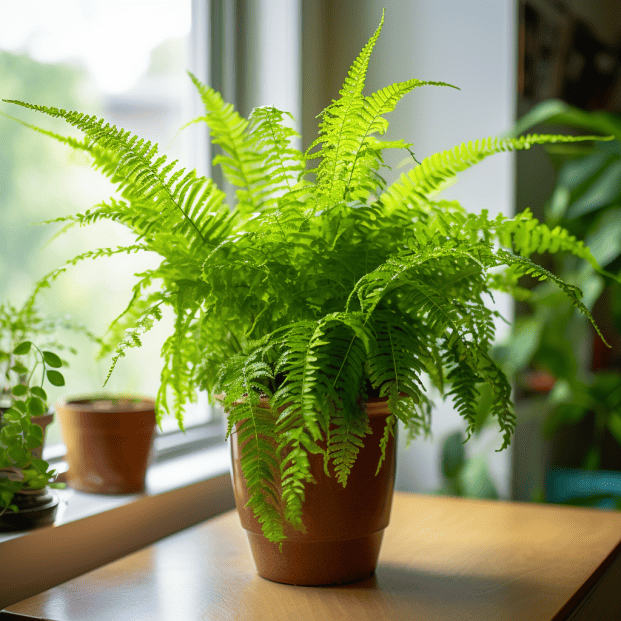

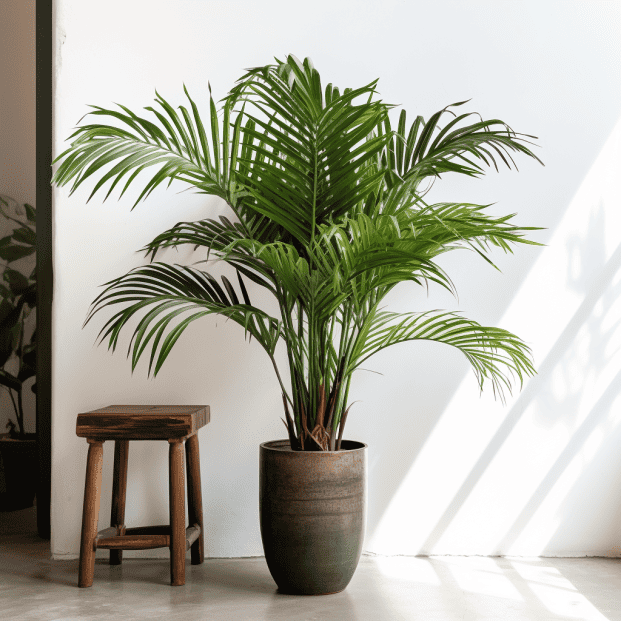
Propagation Techniques
Indoor plant propagation is a cost-effective way to expand a plant collection or share plants with friends. There are several propagation techniques to choose from, each with its own advantages and disadvantages. Here are some of the most popular methods:
Seed Germination Fundamentals
Seed germination is the process of growing new plants from seeds. It is a popular propagation technique for annuals, perennials, and vegetables.
To get started with seed germination, you need a propagation tray, seed-starting mix, and seeds. Fill the propagation tray with the seed-starting mix and plant the seeds according to the instructions on the seed packet.
Cuttings: Stem and Leaf
Stem and leaf cuttings are another popular propagation method for indoor plants. Stem cuttings involve cutting a piece of stem from the parent plant and rooting it in soil or water. Meanwhile, leaf cuttings involve taking a leaf from the parent plant and rooting it in soil or water. Both methods require a rooting hormone to encourage root growth.
Division and Separating Pups
Division is a propagation method that works well for plants that grow in clumps or have multiple stems. It involves separating the plant into smaller sections, each with its own set of roots. This is a great way to propagate plants like snake plants and spider plants. Separating pups is a similar method that involves removing the baby plants, or pups, from the parent plant and potting them separately.
Layering Methods: Air and Soil
Layering is a propagation method that involves encouraging a stem to grow roots while it is still attached to the parent plant. Air layering involves wrapping a section of stem with moist sphagnum moss and plastic wrap to encourage root growth.
On the other hand, soil layering involves burying a section of stem in soil and allowing it to grow roots. Both methods require patience and careful monitoring.
Potting and Repotting
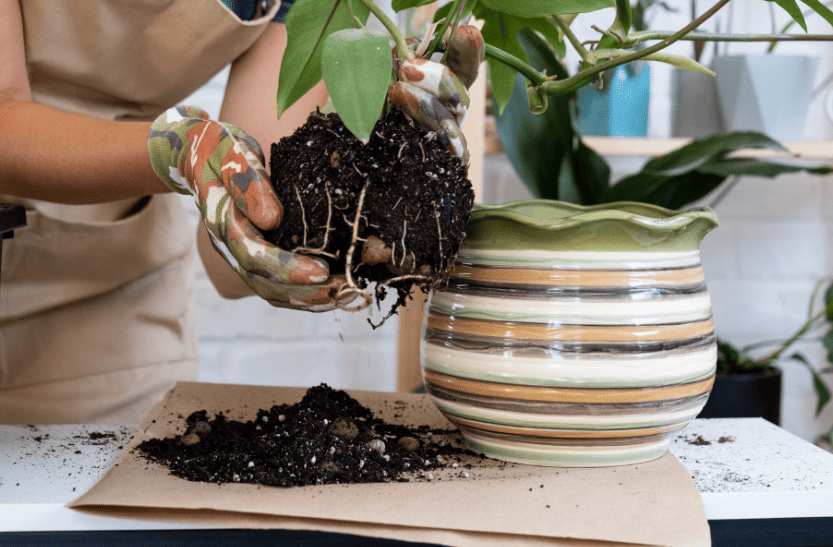
Indoor plants require proper potting and repotting to thrive. This section will provide a step-by-step guide to potting and repotting indoor plants.
Choosing the Right Containers
Choosing the right containers is crucial for the health of indoor plants. It is recommended to use containers that are slightly larger than the plant’s root system. The container should also have drainage holes to prevent water from accumulating at the bottom and causing root rot.
The Role of Drainage
The role of drainage is important when it comes to potting and repotting indoor plants. Drainage holes allow excess water to escape, preventing the roots from becoming waterlogged. It is also important to use fresh potting mix when repotting to ensure proper drainage.
When and How to Repot
Repotting should be done when the plant has outgrown its container or when the soil has become compacted. It is recommended to repot during the plant’s growing season to minimize stress.
To repot, gently remove the plant from its current container and loosen the roots. Then, place a layer of fresh potting mix at the bottom of the new container and position the plant in the center. Fill in the gaps with fresh potting mix and gently press down. Water the plant thoroughly and avoid fertilizing for a few weeks to allow the plant to adjust to its new environment.
Plant Care and Maintenance
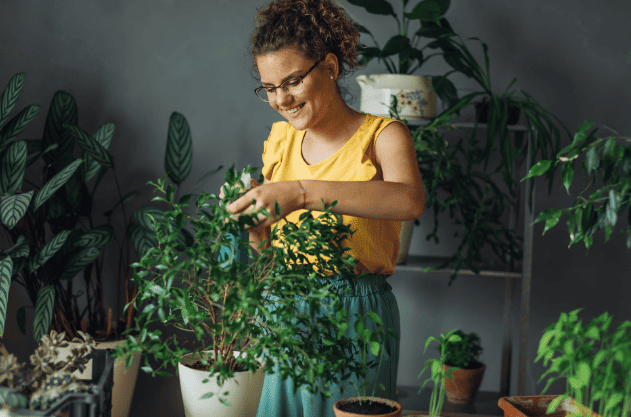
Indoor plants require proper care and maintenance to thrive. This section will cover some essential aspects of plant care, including watering techniques and tools, fertilization and plant health, and preventing and treating pests and diseases.
Watering Techniques and Tools
Watering is a crucial aspect of plant care. Overwatering can cause root rot and other problems, while underwatering can lead to wilting and stunted growth.
The best way to ensure that your plants get the right amount of water is to check the soil moisture regularly.
One effective way to water indoor plants is to use a watering can. A watering can allows you to control the amount of water you give your plants and avoid damaging the leaves.
Alternatively, you can use a spray bottle to mist the leaves and keep the plant hydrated.
Another useful tool for keeping indoor plants healthy is a humidifier. Humidifiers can help maintain the ideal humidity levels for your plants, especially during the dry winter months.

Fertilization and Plant Health
Fertilization is essential for plant growth and health. Indoor plants require regular fertilization to replenish nutrients that are depleted over time.
The best time to fertilize your plants is during the growing season, typically spring and summer.
When choosing a fertilizer, make sure to consider the specific needs of your plants. Different plants require different types of fertilizers, and over-fertilizing can damage the roots and cause other problems.
Preventing and Treating Pests and Disease
Pests and diseases can quickly spread and cause significant damage to your indoor plants. To prevent pests and disease, you need to keep your plants clean and healthy.
Regularly remove dead leaves and debris and avoid overwatering, which can lead to fungal growth.
If you notice signs of pests or disease, such as yellowing leaves or spots on the leaves, act quickly to prevent further damage.
You can use natural remedies such as neem oil or insecticidal soap to treat pests and fungicides to treat fungal infections.
Environmental Considerations

When it comes to reproducing indoor plants, environmental considerations play a crucial role in the success of the process. Proper humidity, air quality, and temperature control are key factors that can affect the growth and development of indoor plants.
Managing Humidity and Air Quality
Indoor plants thrive in environments with moderate to high humidity levels. Dry air can cause leaves to turn brown or fall off and can also lead to pest infestations.
To maintain proper humidity levels, consider using a humidifier or placing a tray of water near the plants. Another option is to group plants together, as they release moisture into the air through a process called transpiration.
Air quality is also an important consideration for indoor plants. Dust, pollutants, and other airborne particles can clog the plants’ pores and interfere with photosynthesis.
To improve air quality, consider using an air purifier or placing plants in rooms with good ventilation. Certain plants, such as air plants, are particularly effective at filtering out pollutants.
Temperature Control for Indoor Plants
Indoor plants have specific temperature requirements that vary depending on the species. In general, most indoor plants prefer temperatures between 60 and 75 degrees Fahrenheit.
However, some plants, such as tropical species, require higher temperatures and humidity levels.
It’s also important to avoid exposing plants to extreme temperature fluctuations. For example, placing plants near drafty windows or air conditioning vents can cause stress and damage to the plants. On the other hand, placing plants in rooms with consistent temperatures can help them thrive.
Troubleshooting Common Issues

Indoor plants can experience various issues, including overwatering, root rot, light and nutrient deficiencies, and pest infestations. Identifying the signs of distress and addressing them promptly can help ensure the health and longevity of your plants.
Identifying Signs of Distress
The first step in troubleshooting indoor plant issues is identifying signs of distress. These may include yellowing or browning of foliage, wilting, stunted growth, and insect infestations. Checking the root ball for signs of overwatering or root rot is also important.
Addressing Overwatering and Root Rot
Overwatering is a common issue that can lead to root rot and plant death. To address this issue, consider the following steps:
- Ensure proper drainage: Make sure your plant’s container has drainage holes to allow excess water to escape.
- Adjust watering frequency: Reduce watering frequency to allow the soil to dry out between waterings.
- Repot the plant: If the roots are severely affected, repot the plant in fresh soil and a well-draining container.
Combatting Light and Nutrient Deficiencies
Light and nutrient deficiencies can cause foliage to be yellow or brown or stunt growth. To address these issues, consider the following steps:
- Adjust light levels: Move the plant to a brighter location or provide artificial lighting if needed.
- Fertilize: Use a balanced fertilizer to provide essential nutrients to the plant.
Dealing with Pest Infestations
Pest infestations can cause damage to foliage and weaken the plant. To address this issue, consider the following steps:
- Identify the pest: Properly identify the pest to determine the best course of action.
- Use natural remedies: Consider using natural remedies, such as neem oil or insecticidal soap, to combat the infestation.
- Isolate the plant: Isolate the affected plant to prevent the infestation from spreading to other plants.
Enhancing Aesthetics with Indoor Plants
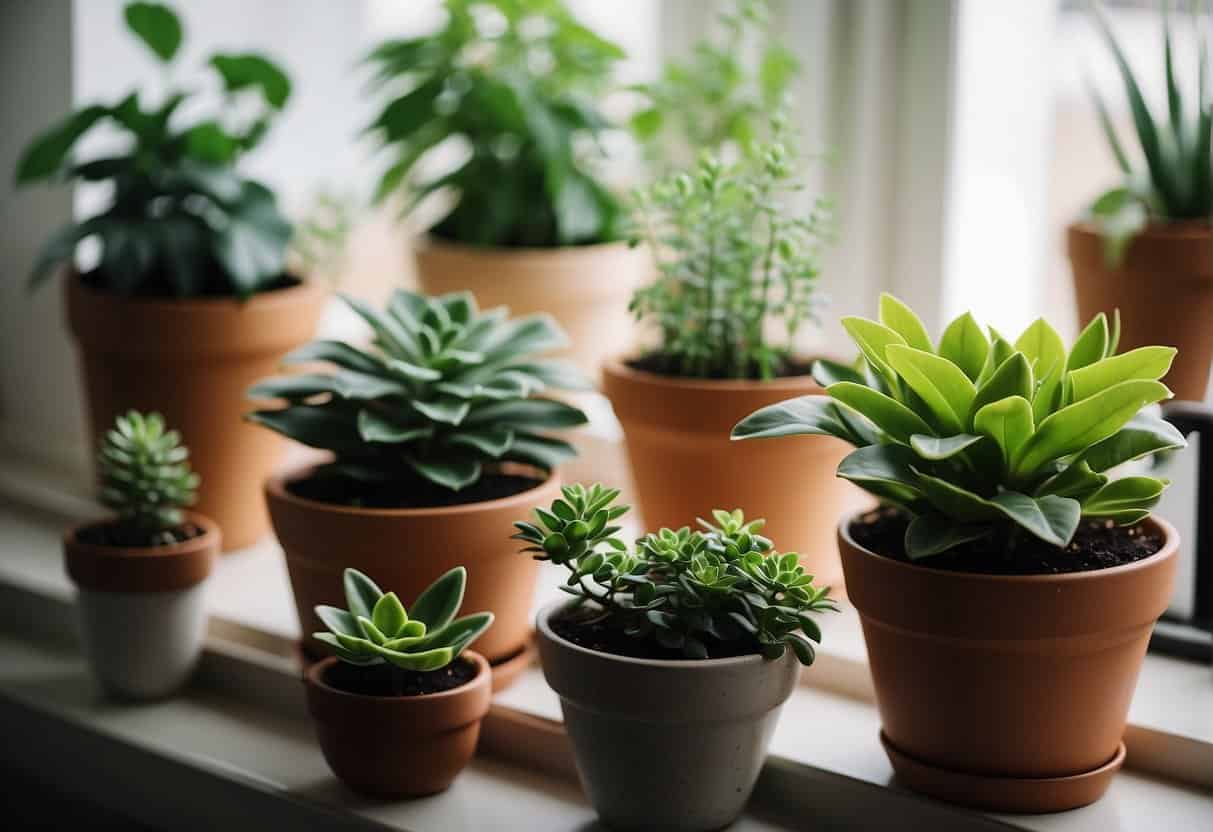
Indoor plants are not only great for purifying the air, but they are also great for enhancing the aesthetics of a room. There are many ways to incorporate plants into interior design, and this section will cover some of the most popular methods.
Decorative Potting and Arrangements
One way to enhance the aesthetics of indoor plants is through decorative potting and arrangements. Decorative pots can add color and texture to a room, while arrangements can create a focal point.
When choosing pots, make sure to consider the size, shape, and color of the plant. For example, a tall, thin plant would look best in a narrow, tall pot, while a short, wide plant would look best in a short, wide pot.
Arrangements can be used to create a focal point in a room. For example, a grouping of succulents on a coffee table can draw the eye and add interest to the space.
When creating arrangements, make sure to consider the size, shape, and color of the plants. A mix of textures and colors can create a visually appealing arrangement.
Incorporating Plants into Interior Design
Plants can also be incorporated into interior design in many ways. For example, a large, leafy plant can be used to fill an empty corner of a room, while a small, flowering plant can be used to add color to a bookshelf. Plants can also be used to create a natural divider between different areas of a room.
When incorporating plants into interior design, make sure to consider the overall style of the room. For example, a modern room may look best with a few simple, sculptural plants, while a bohemian room may look best with a mix of plants in different sizes and styles.
Advanced Topics in Indoor Plant Care
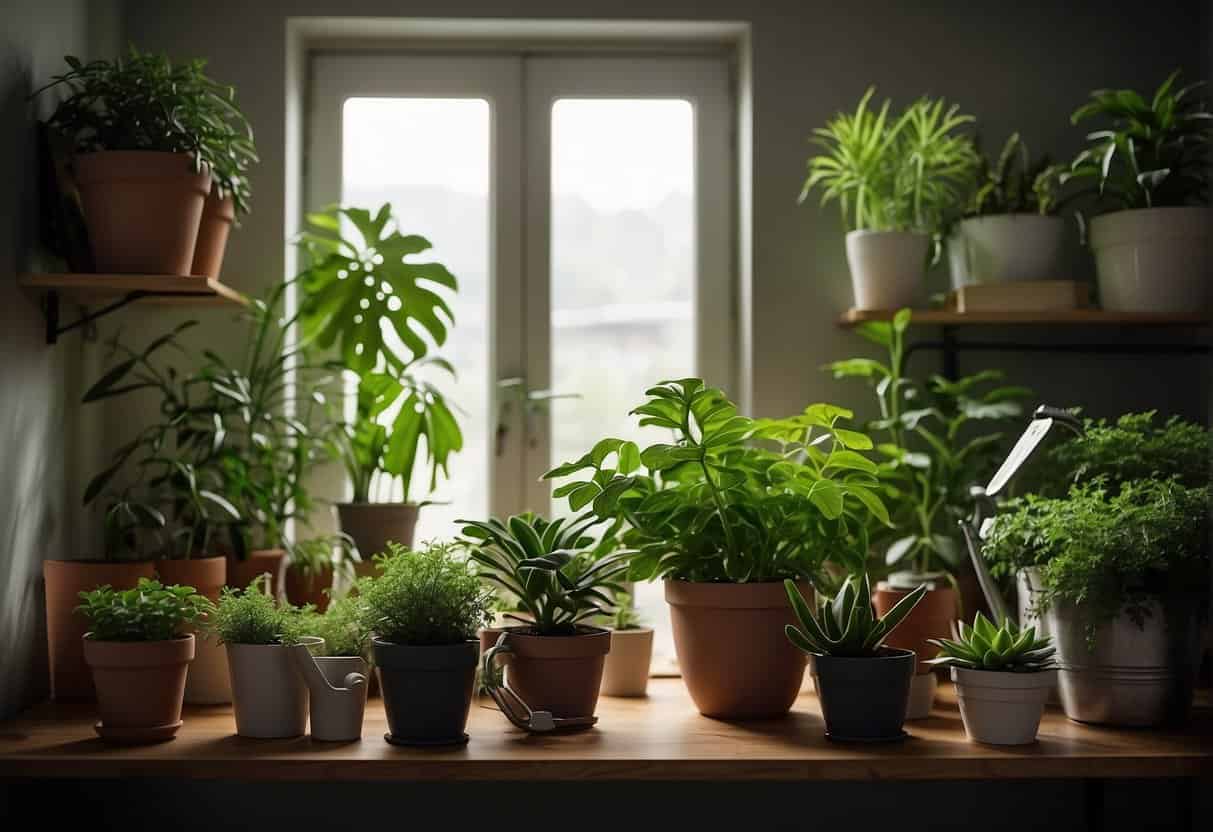
Using Rooting Hormones for Propagation
Rooting hormones are a popular tool for plant propagation. They are available in powder, liquid, and gel forms, and they help to stimulate root growth in cuttings.
Rooting hormone powder is the most common form and is usually applied to the cut end of a stem or leaf. Using rooting hormones can increase the success rate of propagation and help establish new plants more quickly.
Hydroponics and Alternative Growing Methods
Hydroponics is a method of growing plants without soil. Instead, plants are grown in a nutrient-rich solution that is circulated through the roots.
This method can be used to grow plants indoors, and it is especially useful for small spaces or areas with poor soil quality. Other alternative growing methods include aeroponics and aquaponics.
The Science of Plant Growth and Development
Understanding the science of plant growth and development can help indoor gardeners to care for their plants more effectively. This includes knowledge of plant physiology, photosynthesis, and the role of nutrients.
Garden centers and online resources can provide more information on these topics.
Frequently Asked Questions
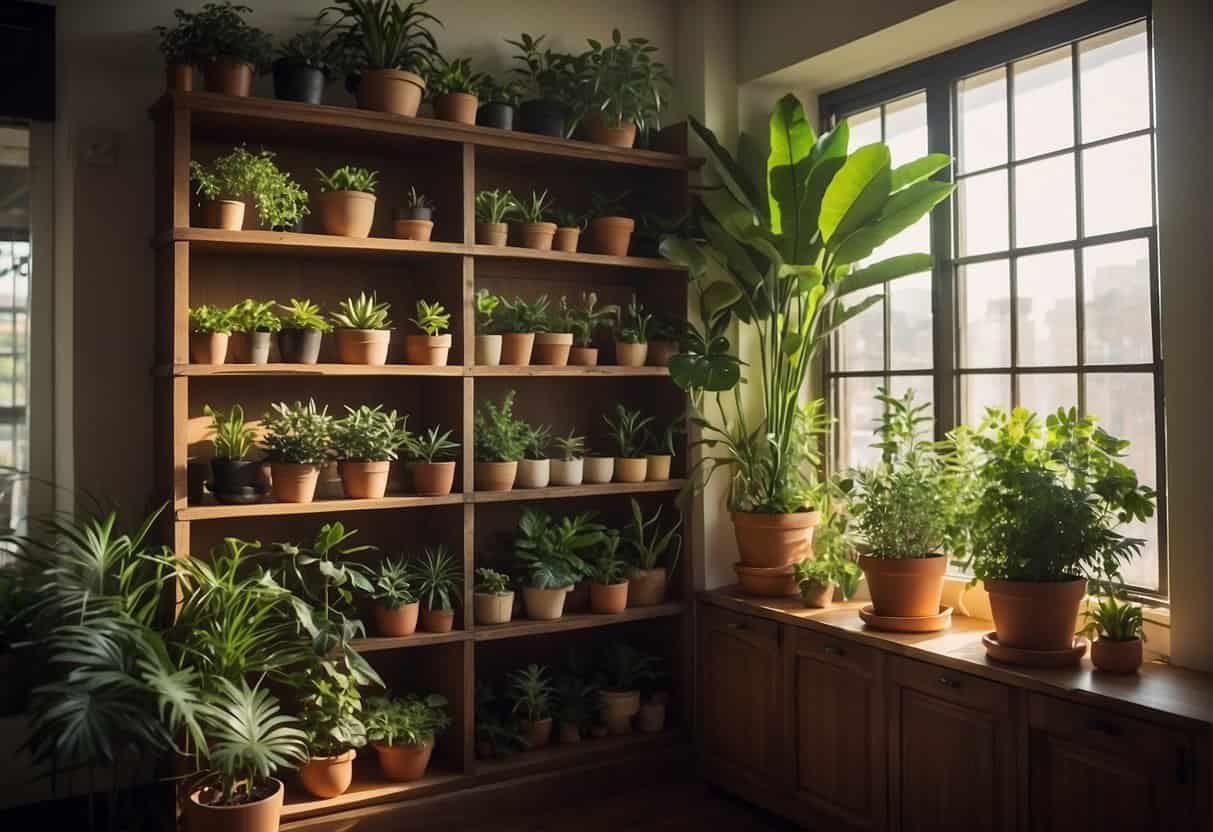
What are the best methods for propagating indoor plants in water?
Water propagation is a popular method for propagating indoor plants. To propagate a plant in water, you need to cut a stem or a leaf and place it in a container filled with water. Change the water every few days to keep it fresh.
Once the roots have grown to a sufficient length, you can transfer the plant to the soil.
Where can I find cuttings of common houseplants for sale?
You can find cuttings of common houseplants for sale online or at your local plant nursery. Many online retailers offer a wide variety of cuttings that can be shipped directly to your home.
Alternatively, you can ask friends or family members who have healthy indoor plants if they would be willing to share cuttings.
Which indoor plants can easily grow from cuttings?
Many indoor plants can be propagated from cuttings. Some of the easiest plants to propagate include pothos, spider plants, and philodendrons.
These plants are hardy and can tolerate a variety of conditions, making them ideal for beginners.
How can you effectively multiply your collection of houseplants?
To effectively multiply your collection of houseplants, you can propagate your existing plants. This involves taking cuttings or dividing the plant and replanting it in new soil. You can also grow new plants from seeds or purchase them from a nursery.
Can you provide a step-by-step guide for planting indoor plants?
To plant indoor plants, you will need a container, soil, and the plant itself. Begin by filling the container with soil and creating a small hole in the center. Gently remove the plant from its existing container and place it in the hole. Cover the roots with soil and water the plant thoroughly.
What are the basic steps for beginners to propagate plants?
For beginners, the easiest way to propagate plants is through stem cuttings.
Begin by selecting a healthy stem and cutting it just below a node.
Remove any leaves from the bottom of the stem and place them in a container filled with water.
Once the roots have grown to a sufficient length, you can transfer the plant to the soil.


